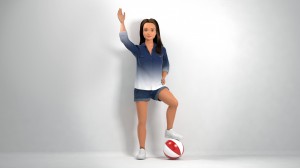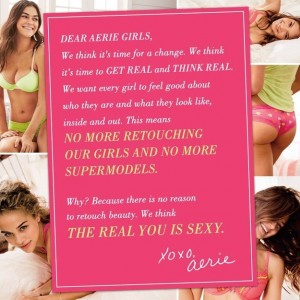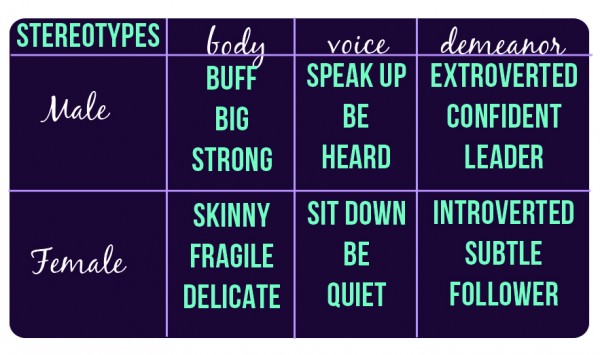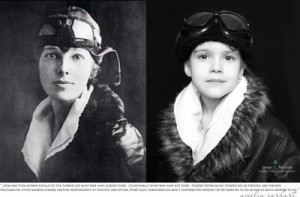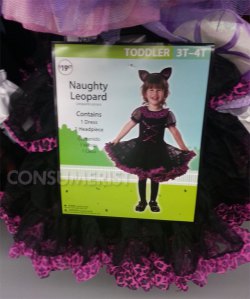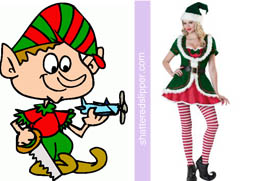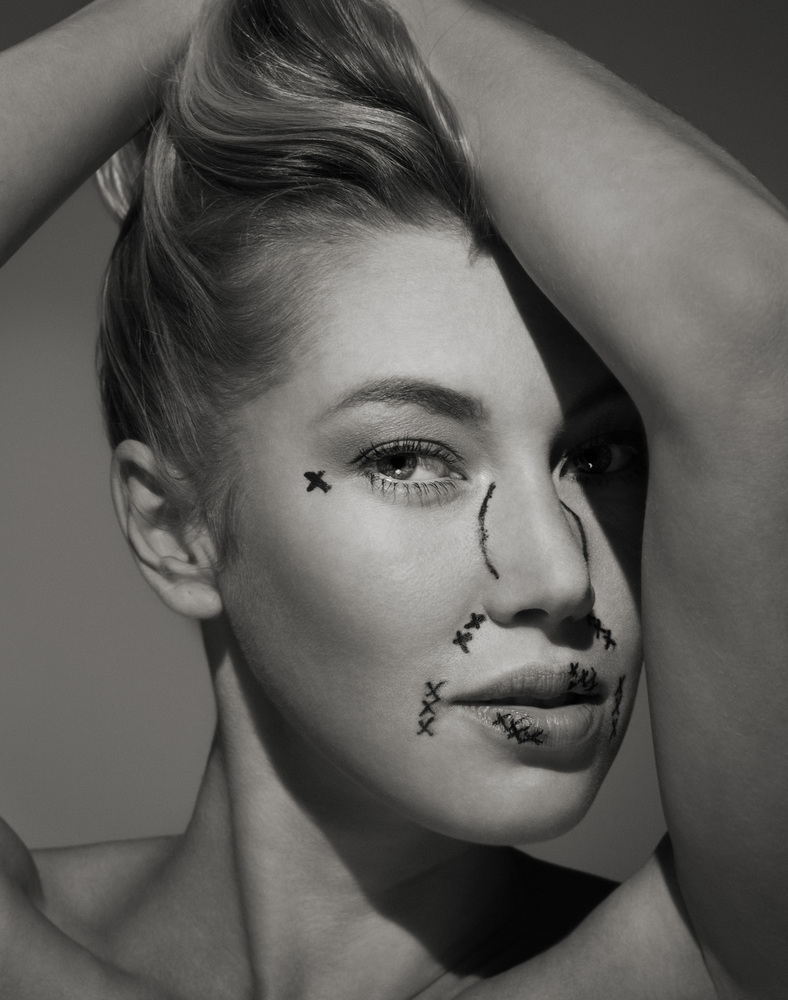What if I asked you, “where are you most beautiful?” What would be your response?
For father and Clinical psychologist, Dr. Kelly Flanagan he wants his “Little One” to always know where her beauty exists: on the inside.
I LOVE THIS.
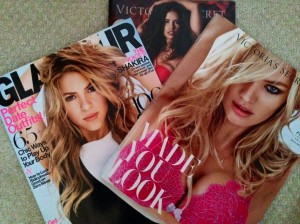
bonus points if you notice what’s similar about these covers.
Dr. Flanagan wrote a letter to his 4-year-old little girl on his blog about the oppressive language that’s seen up and down the make-up aisle of retail stores (and on the covers of magazines.) These words having staying power, power that grabs you by the throat and shakes you while saying (subconsciously) you’re not beautiful if you’re not “ageless,” “zit-free,” or “flawless.” (also see: clean.clear.and under control.)
He points out that after having a daughter he started to realize she’s just as strong and a force in this world to be reckoned with. She has the same gifts, potential and passions as any man. High-five, Daddio! Observing the words listed in the packaging of the make-up aisle many people, including her, won’t view her as someone that is fully capable of greatness, instead she will be thought of as a play thing or just a pretty face to gawk at. Society, you’re rude.
In his letter, father Flanagan (nope, not a priest, but it does have a nice ring to it) didn’t change the words marketers use, but instead gave them a new meaning, a better meaning. He redefined the make-up aisle.
Here are my favorite redefines:
Brilliant strength. May your strength be not in your fingernails but in your heart. May you discern in your center who you are, and then may you fearfully but tenaciously live it out in the world.
Infallible. May you be constantly, infallibly aware that infallibility doesn’t exist. It’s an illusion created by people interested in your wallet. If you choose to seek perfection, may it be in an infallible grace—for yourself, and for everyone around you.
Choose your dream. But not from a department store shelf. Find the still-quiet place within you. A real dream has been planted there. Discover what you want to do in the world. And when you have chosen, may you faithfully pursue it, with integrity and with hope.
He ends the letter with reminding his “Little One” that when she gets older and perhaps may want to wear make up, she should never forget where she is most beautiful: on the inside.
This letter truly touched me and I think more fathers, mothers, and overall people should take the time to dissect the beauty veil and how it impacts young girls/women psyches. I have found so much inspiration from Dr. Flanagan that next week I will be writing a letter to my own (unborn) daughter and posting it here.
In the meantime, I’m curious what life lessons you would include in your own letter to your child? Leave these nuggets ‘o wisdom in the comments!

